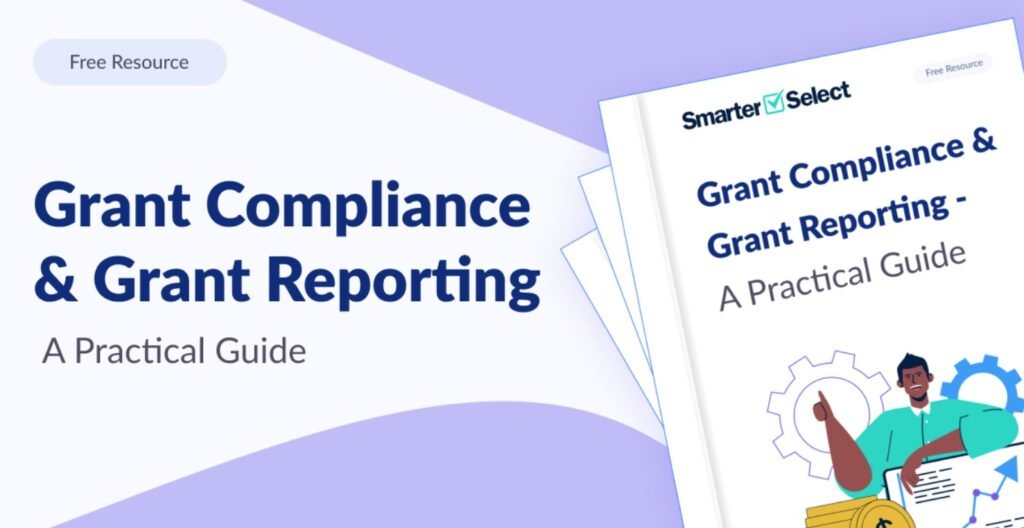Securing funding through grants can be the defining factor that allows a project, nonprofit, or research initiative to move from concept to execution. With funding opportunities growing increasingly competitive, organizations must approach the application process strategically. Creating a Competitive and Compliant Grant Application requires balancing persuasive storytelling with strict adherence to guidelines. This balance ensures not only that your proposal stands out to reviewers but also that it remains eligible for consideration.
Understanding the Importance of Compliance
When it comes to grants, compliance is the non-negotiable foundation. Even the most compelling project idea will be dismissed if it fails to follow the required formats, deadlines, or eligibility criteria. Many applications are disqualified before reviewers even consider the content because applicants overlook instructions.
To succeed in Creating a Competitive and Compliant Grant Application, applicants should:
- Read the funding announcement carefully.
- Take note of formatting requirements, word limits, and submission deadlines.
- Confirm organizational eligibility before beginning the proposal.
- Keep a checklist of compliance items to verify before submission.
Compliance communicates professionalism and respect for the funding agency’s process. It assures reviewers that you can manage not only the project but also the grant itself responsibly.
Crafting a Strong Narrative
While compliance ensures eligibility, competitiveness depends on how well you tell your story. Reviewers want to feel inspired and convinced that your project is worth investing in. A strong narrative should connect your mission to the funder’s goals.
In Creating a Competitive and Compliant Grant Application, applicants should:
- Clearly define the problem or need the project addresses.
- Provide evidence and data to support the significance of the issue.
- Highlight the unique approach or innovation of your project.
- Demonstrate measurable impact and realistic outcomes.
Your writing should be persuasive yet concise. Avoid jargon, focus on clarity, and show passion without exaggeration.
Aligning With Funder Priorities
Funders often outline specific objectives, values, or populations they wish to support. Successful applicants tailor their proposals to show alignment with these priorities. For example, a grant that prioritizes community health should not just describe a program—it should directly connect outcomes to improved health indicators.
In Creating a Competitive and Compliant Grant Application, alignment means:
- Using the funder’s language and terminology where appropriate.
- Citing how your project supports the mission or goals of the funding program.
- Explaining how your project fills a gap or enhances current efforts within the priority area.
Showing alignment demonstrates that you understand the funder’s mission and have designed your project with their interests in mind.
Demonstrating Organizational Capacity
Funders need assurance that your organization has the capacity to deliver on what it promises. Even if your idea is strong, a lack of demonstrated capacity can undermine your application.
When Creating a Competitive and Compliant Grant Application, emphasize:
- Staff qualifications and expertise.
- Prior successful projects and measurable outcomes.
- Financial management systems that ensure accountability.
- Partnerships and collaborations that strengthen implementation.
Capacity assures funders that their investment will be used efficiently and effectively.
Budgeting with Accuracy and Transparency
The budget is more than numbers—it is a reflection of your planning and management skills. A competitive budget is realistic, aligns with project goals, and demonstrates stewardship of funds.
Key practices in creating a Competitive and Compliant Grant Application include:
- Ensuring that budget items directly support project activities.
- Avoiding overestimations or underestimations.
- Following the funder’s budget format exactly.
- Providing clear justifications for expenses.
A transparent and well-structured budget builds confidence in your proposal among funders.
Incorporating Evaluation Plans
Funders increasingly expect applicants to show how they will measure success. An evaluation plan demonstrates accountability and provides evidence of impact.
In Creating a Competitive and Compliant Grant Application, the evaluation should:
- Outline measurable objectives and key performance indicators.
- Describe data collection methods.
- Identify who will be responsible for the evaluation.
- Show how findings will be used to improve the program.
Strong evaluation plans reassure funders that their support will lead to tangible results.
Common Mistakes to Avoid
Many applicants make avoidable mistakes that weaken their chances of success. Some of these include:
- Submitting incomplete applications.
- Ignoring formatting and technical requirements.
- Failing to clearly connect the project to funder priorities.
- Overloading the proposal with jargon or unnecessary detail.
- Providing unrealistic timelines or outcomes.
Avoiding these mistakes is essential when creating a Competitive and Compliant Grant Application because reviewers have limited time and often must reject poorly prepared submissions quickly.
Practical Tips for Success
To increase your chances of success, consider the following tips:
- Start early to allow time for revisions.
- Engage team members to review drafts and budgets.
- Seek feedback from mentors or colleagues experienced in grant writing.
- Create a calendar of grant deadlines to stay organized.
- Use checklists to verify compliance before submitting.
Proactive preparation and attention to detail can make your proposal stand out.
Final Thoughts
Creating a Competitive and Compliant Grant Application is not just about writing—it is about strategy, alignment, and precision. By focusing on compliance, crafting a compelling narrative, demonstrating organizational capacity, and presenting a transparent budget, you enhance both your credibility and your competitiveness.
Every grant application represents more than a funding request—it is a partnership opportunity between your organization and the funder. By approaching the process with professionalism and dedication, you increase the likelihood of transforming your vision into reality through successful grant funding.
